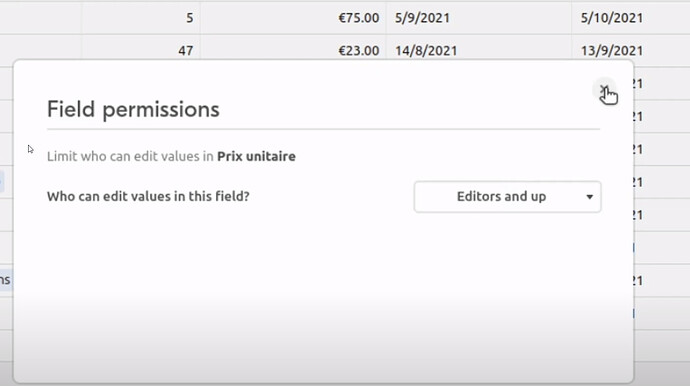It is really important that the team prioritize areas of improvement.
You are in a very competitive category: it is hard to resist competition driven “featuritis”. You see customers posting suggestions because a competitor has a feature you are missing. Should you do that feature? complex to answer but without tops down prioritization rules (I mean by product areas and goals, not by management level) it is hard to resist.
Your product is young and missing stuff others have (while also having capabilities others lack). Again, be wary of featuritis and try to understand what is critical.
Here is the worst trap. You are gaining more users who are exercising the product and have reasonable requests. There are innumerable well-intended suggestions. You can’t begin to do them all. Here’s the trap: it is tempting to do the things that really knowledgeable, ardent users suggest–even if the ideas are corner cases that few users will encounter or want or need. How can you say no to your most loyal fans? --because you have to. Or a very reasonable suggestion is for something very simple, so why not? Because these things will be harder to do than you think; require more exacting testing as the product becomes more complicated; and because each release to production is risky and time consuming. This is the “lint gathering” problem: what’s the harm to a few more small features.
The harm is truly terrible: a failure to focus on challenging priorities that will improve the product more and win more customers than all the other good suggestions, while enabling product quality and coherence that you mostly have now. Nearly all the suggestions are good (mostly). So, saying no judiciously is hard. Unless you can sell quality and vision. A coherent product with clear attractive, but not needlessly showy, visuals is how to get there.
So, to that end–I’ve made some suggestions. Maybe you should reject my suggestions.
I would suggest a fundamental priority: the visuals of your product are rudimentary while being admirably simple. But, more additions are burying options deeper in the settings panels. More features require settings in multiple places. All this complexity is now visible to everyone.
Your product is fundamentally designed for “authors”–maybe they don’t code a lot. Maybe they struggle with concepts (but your documentation is EXCELLENT). So, they figure it out. They make minor changes as they work with what they themselves have authored. Most of your users don’t mind a product that looks like a spreadsheet. They’ve used spreadsheets plenty. But, a lot of spreadsheets are much more about organizing information rather than doing elaborate calculations. That’s why this category is growing like crazy.
But, you leave all the author experience visible to collaborators. The product is hard to navigate. Sequential actions are hard to perform. There are no persistent buttons. You can’t even create a simple subtitle to give non-author collaborators some simple instructions. The sort control really doesn’t work without using one of or both of the filter “toolbar” or the right handle panel. If filtering is allowed in a view, then it can be visually easy.
For example, I have a test account where I can sign in as a non-Owner to see what happens. I block access to structure and to deleting rows. But, I still need the test user (collaborator) to be able to access pages. That means this user has to open the left panel. This means they can access Raw Data. Oops!~. Even if this user can’t modify the tables, why should he (in this case) be able to even see what’s at the bottom of the left hand panel? None of it should be allowed or is relevant. Only pages are relevant. The plus button to add widgets should be gone.
Now, my point here is to spend a lot more time on really thinking through your visual model. It is really quite good for authors who use what they have authored. But, too many interactions rely on access to the “author” UX. You should invest much, much more in thinking through how one interacts with a finished set of views (pages with widgets). How does navigation work? How do common capabilities present themselves in a simpler way: filters, sorting, navigating?
At a minimum, remove from the UI the doors to functionality that is not accessible for a collaborator. Move navigation from the left hand panel to the top (hopefully not a full-fledged toolbar). Reduce the clutter of pages that contain multiple widgets.
 ,
,
